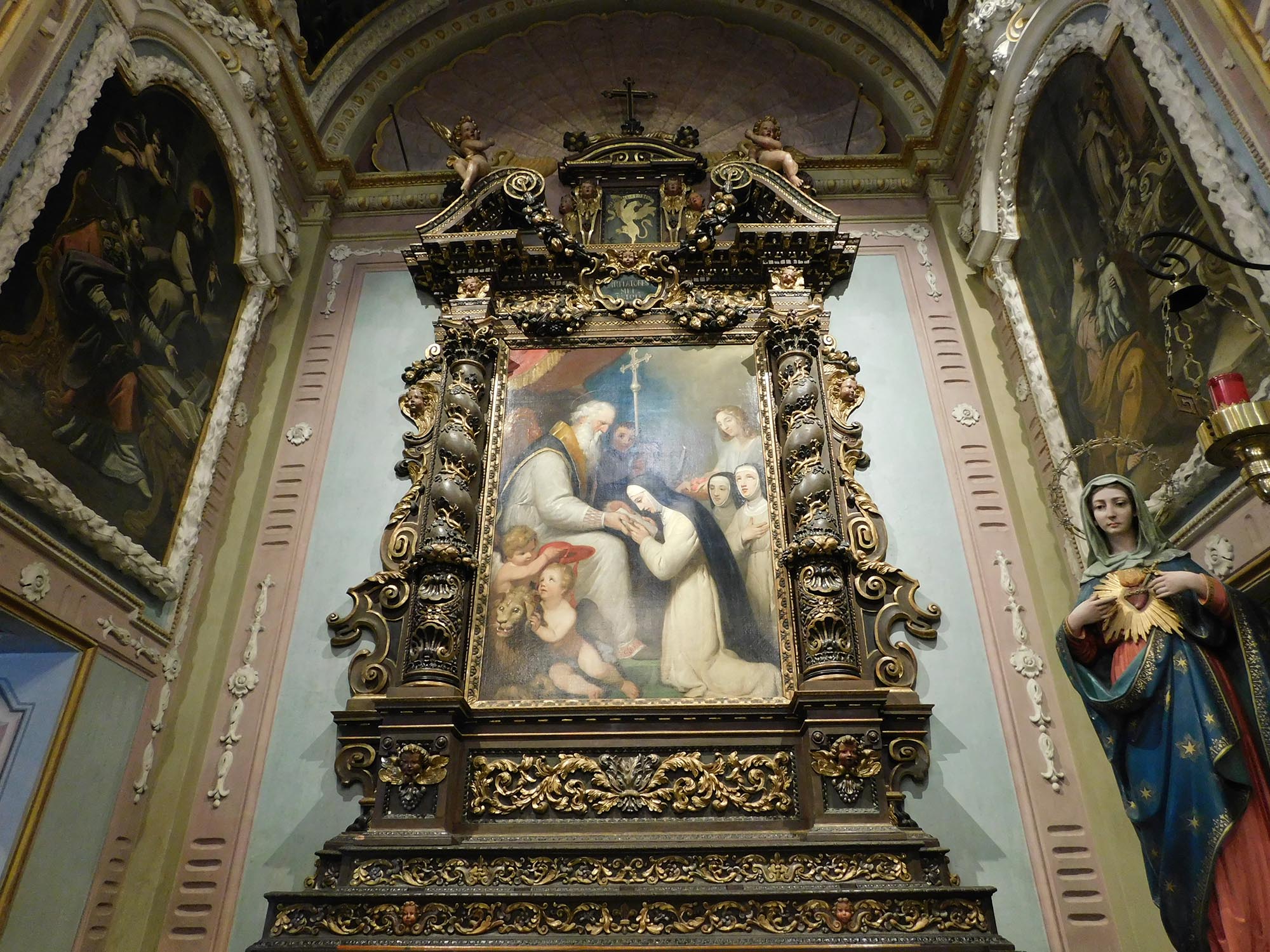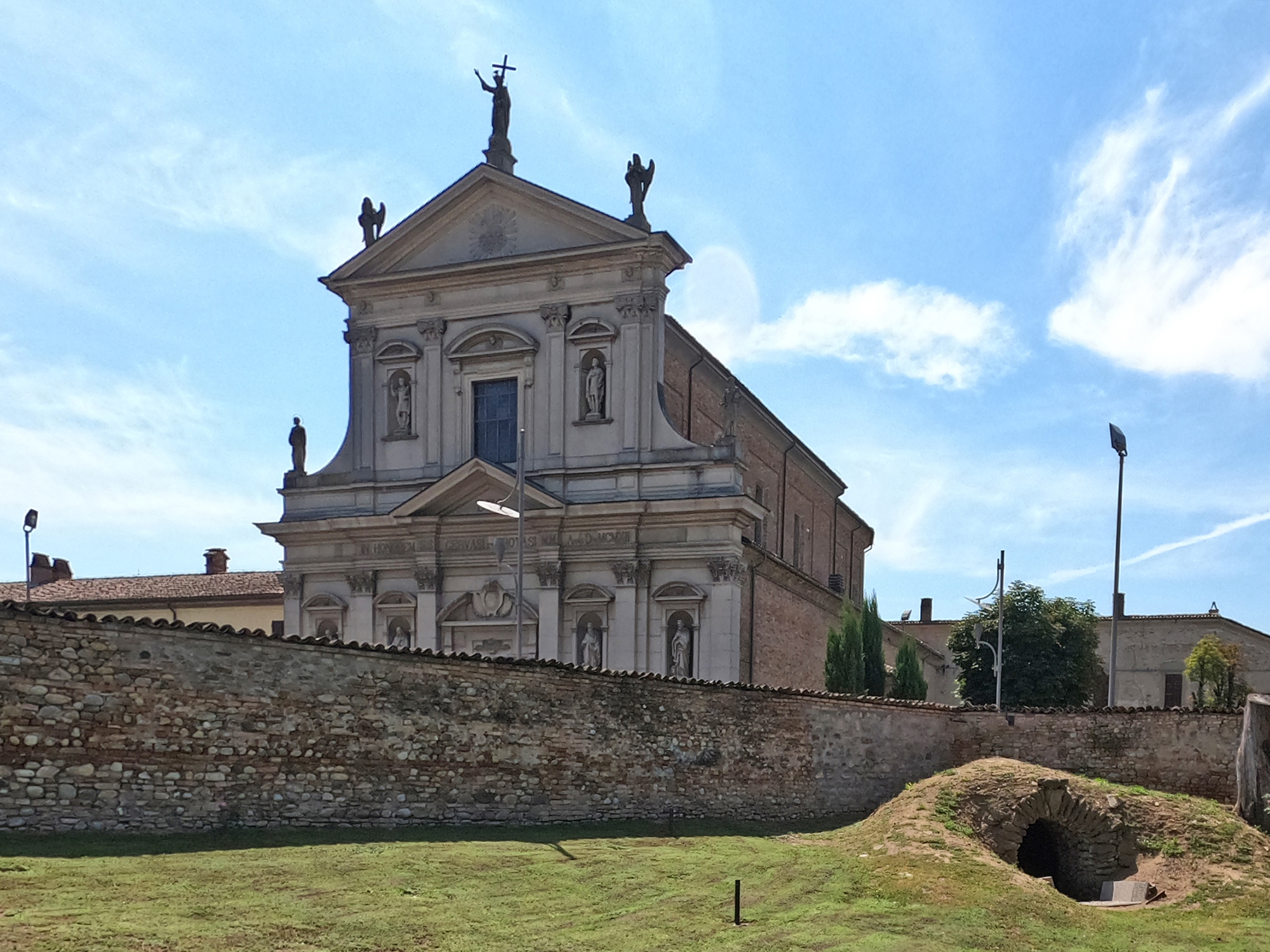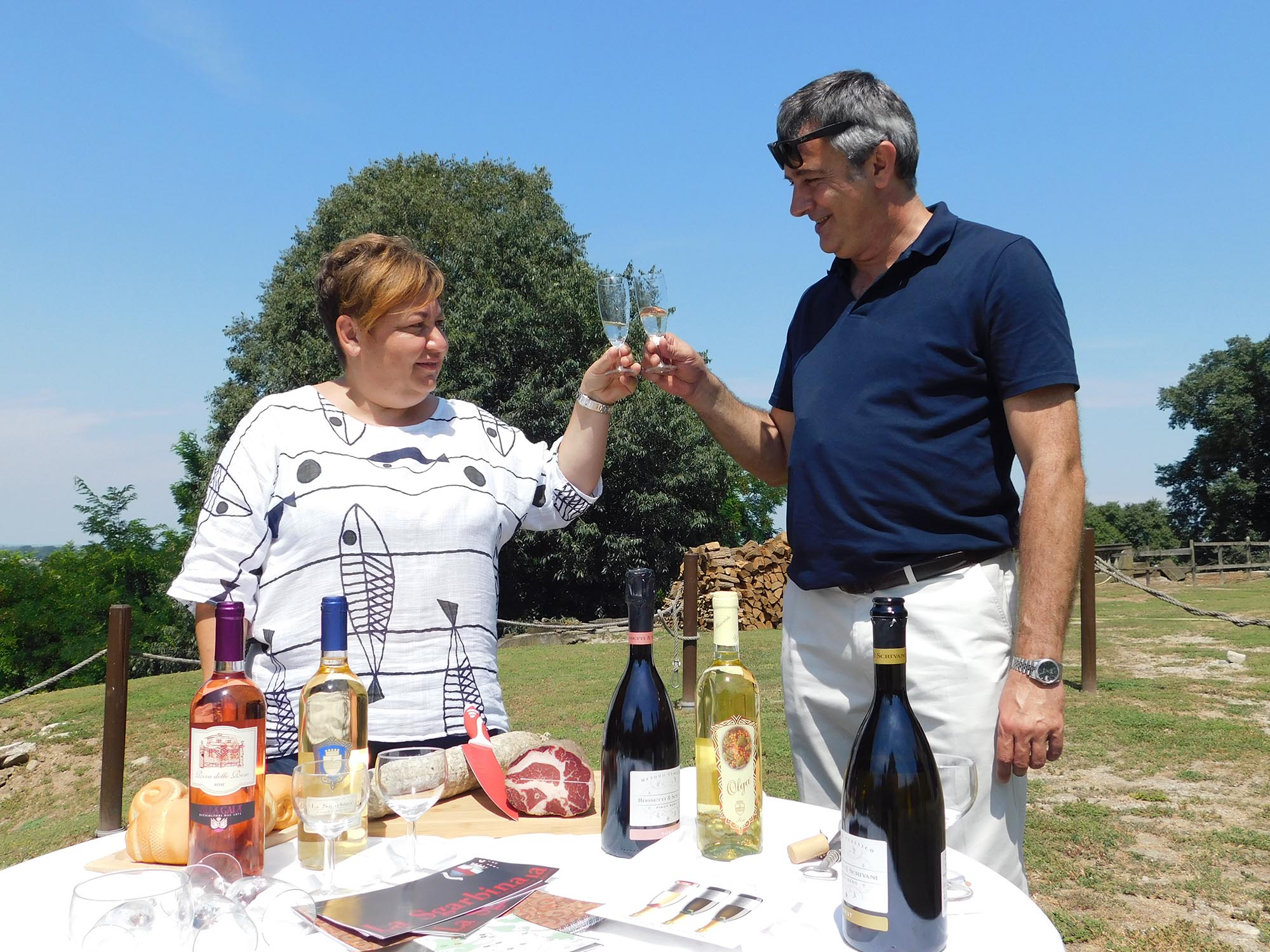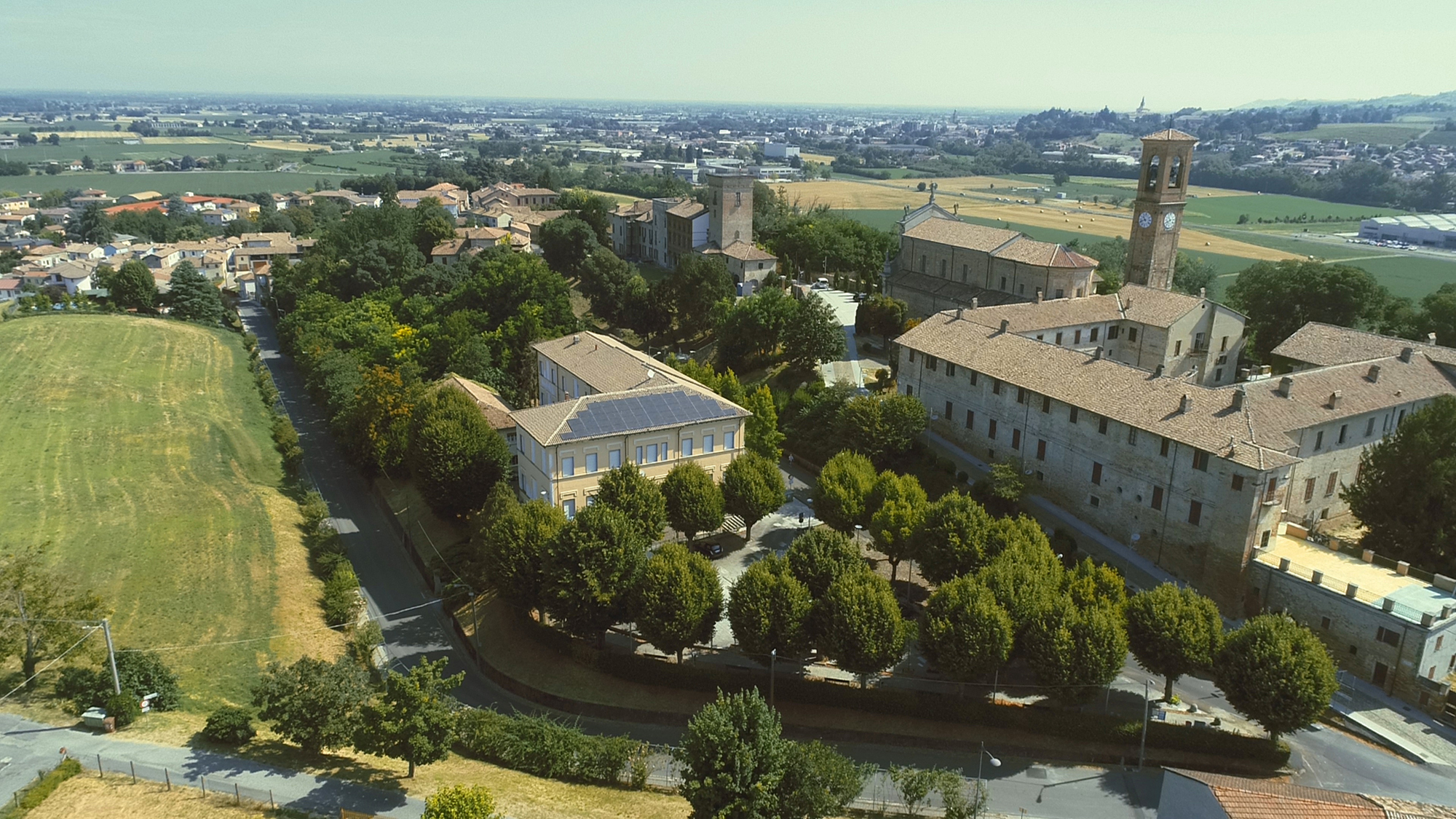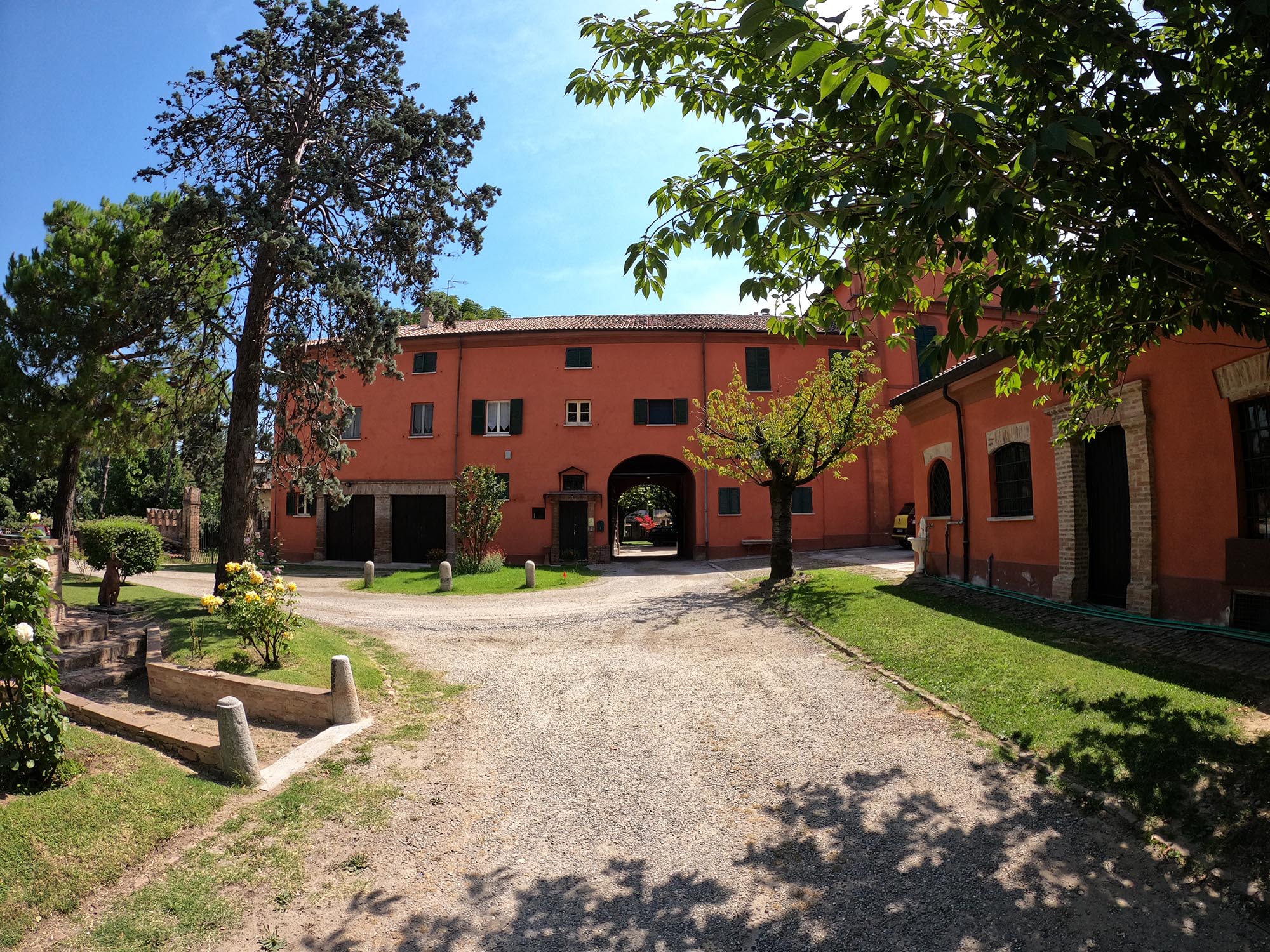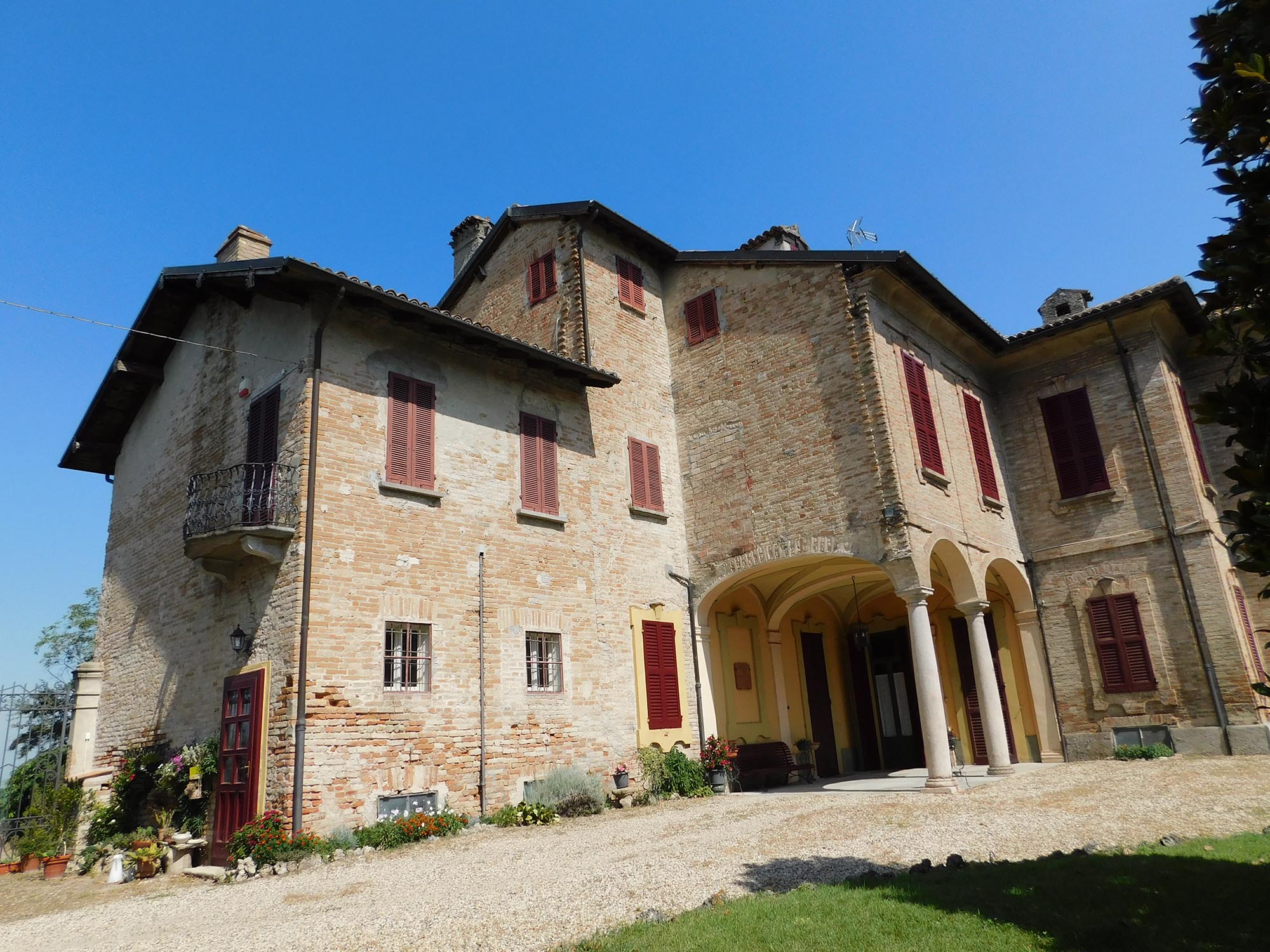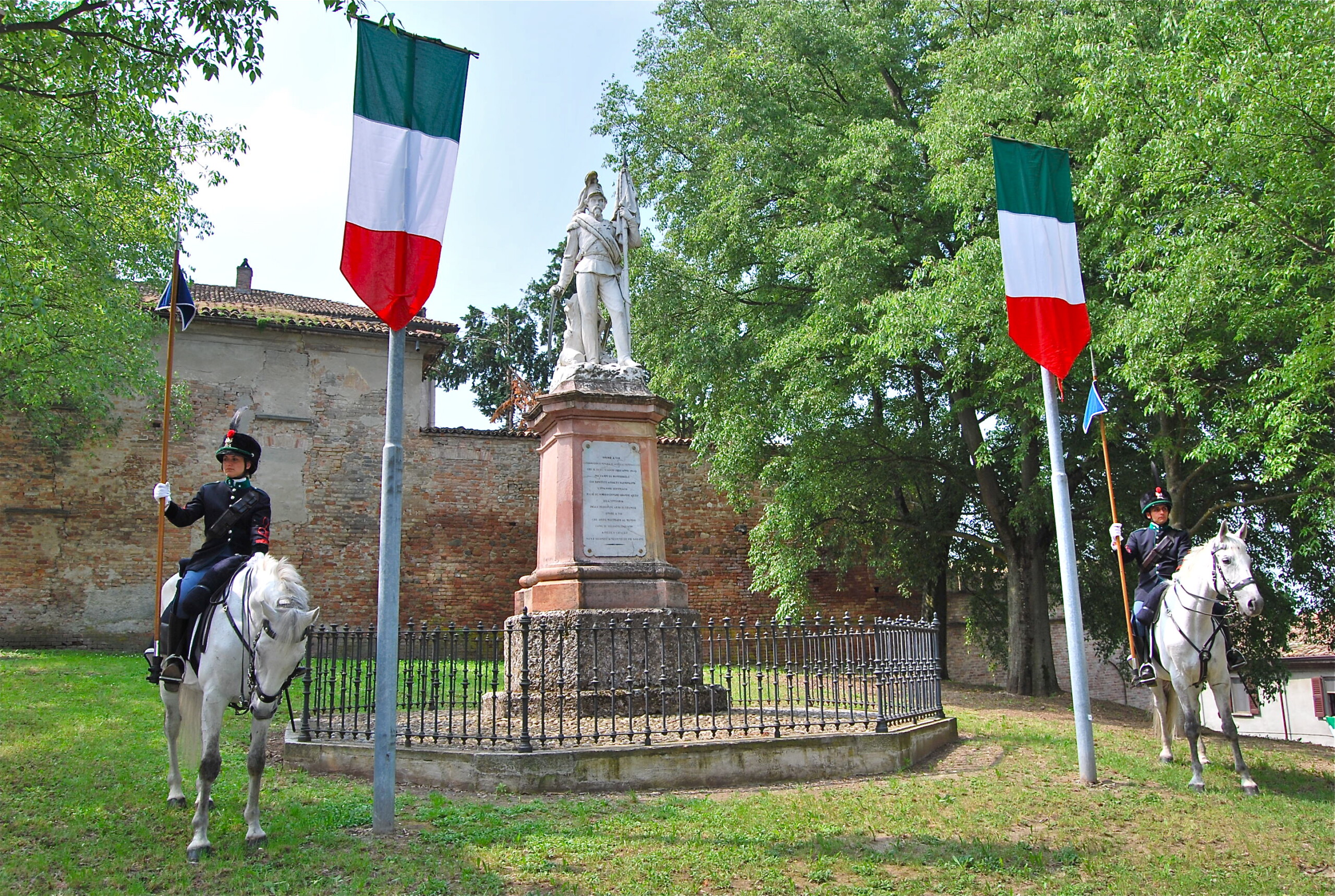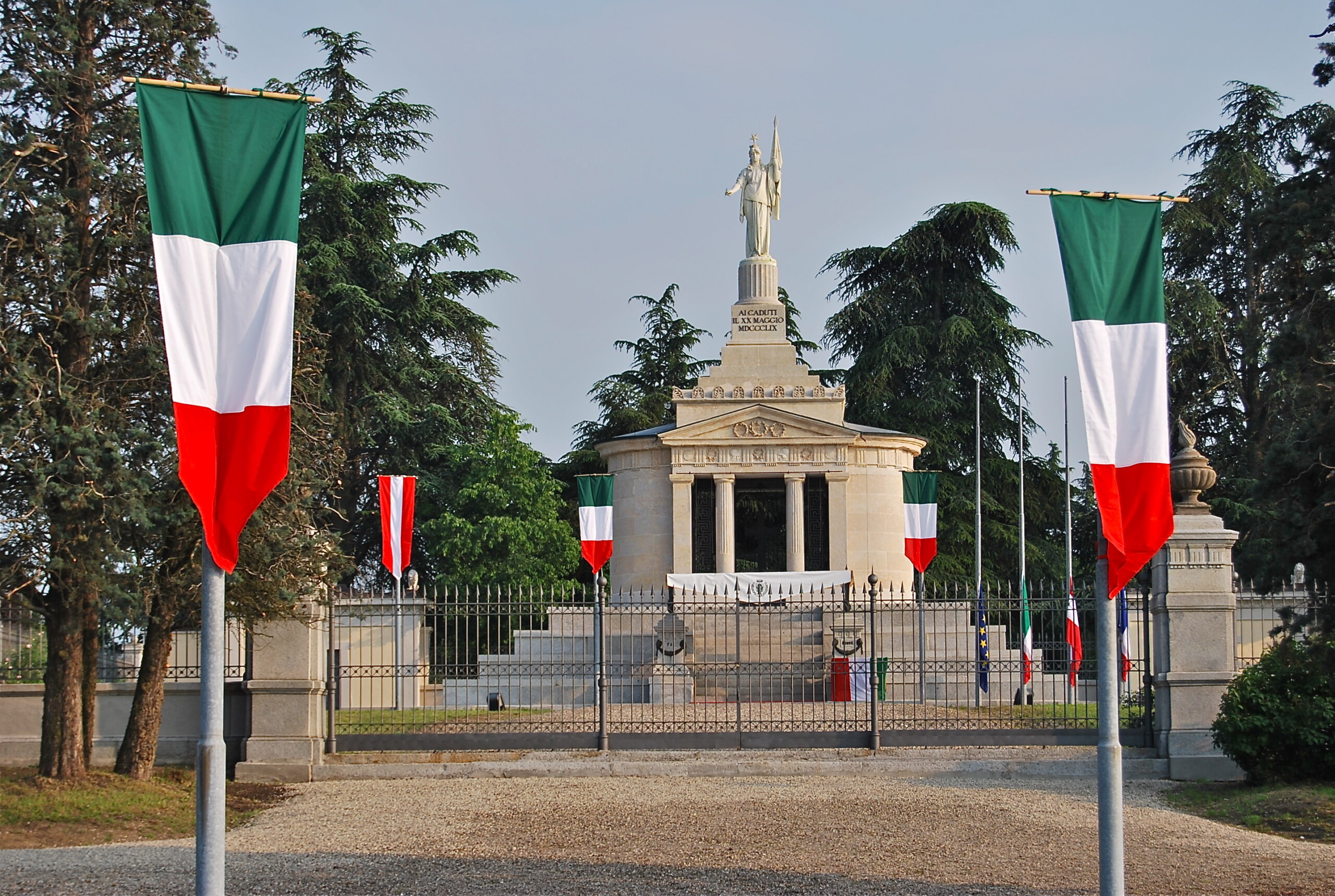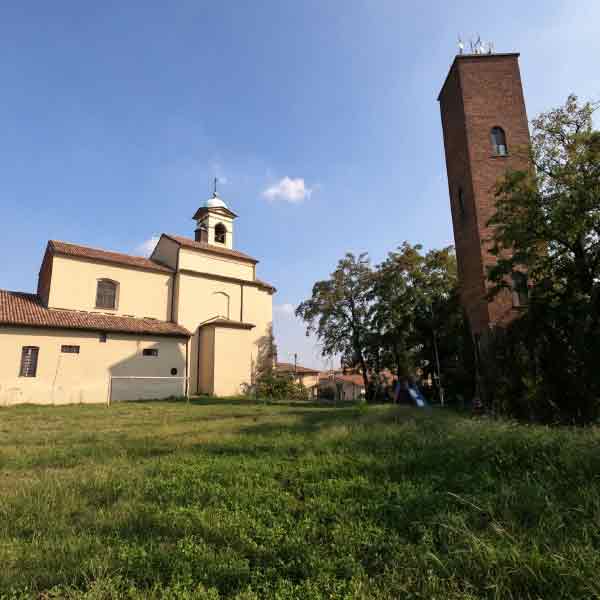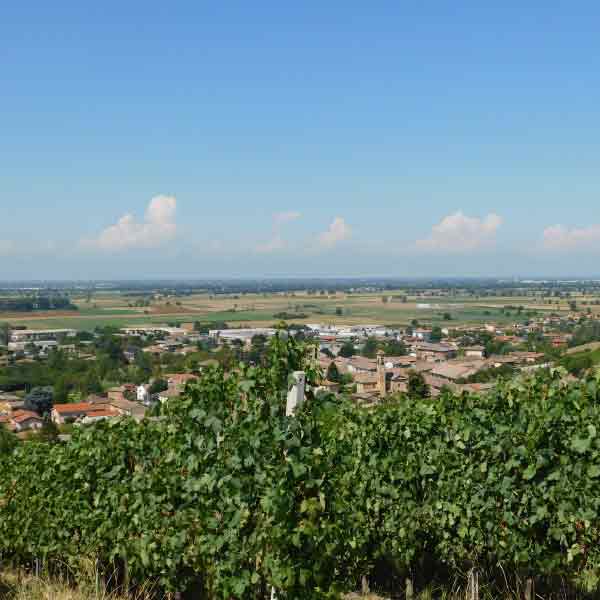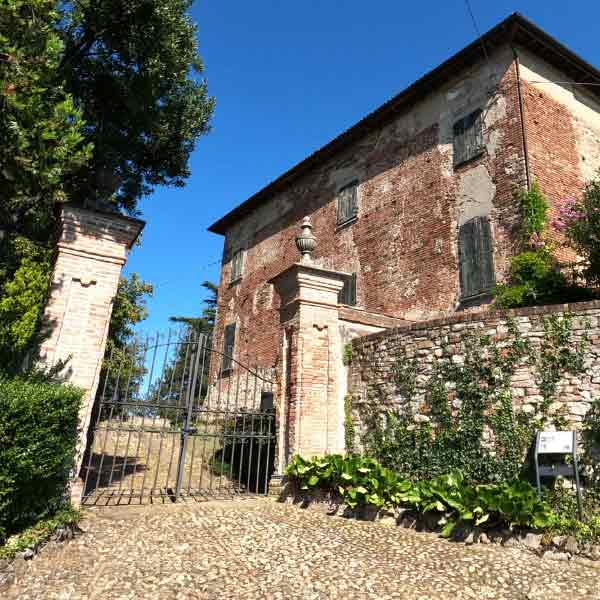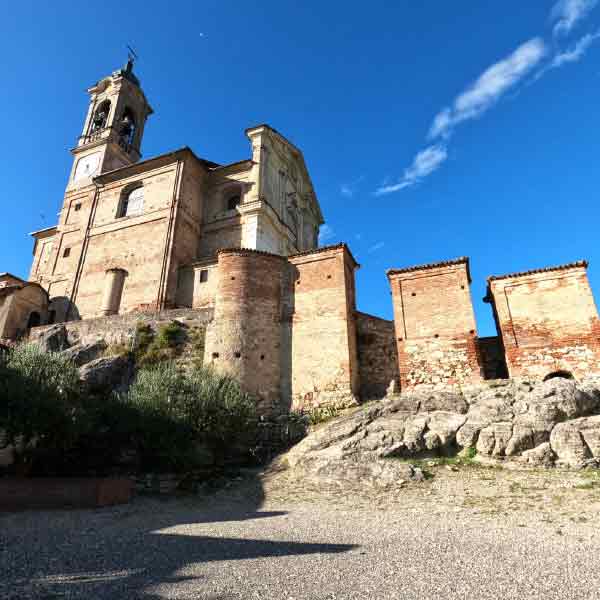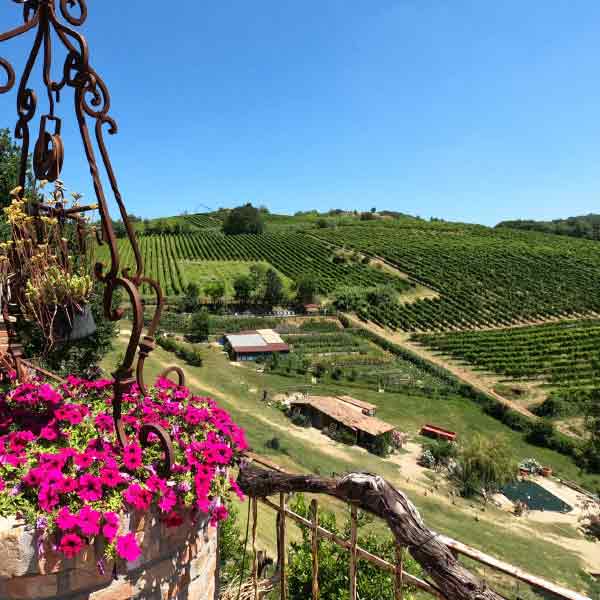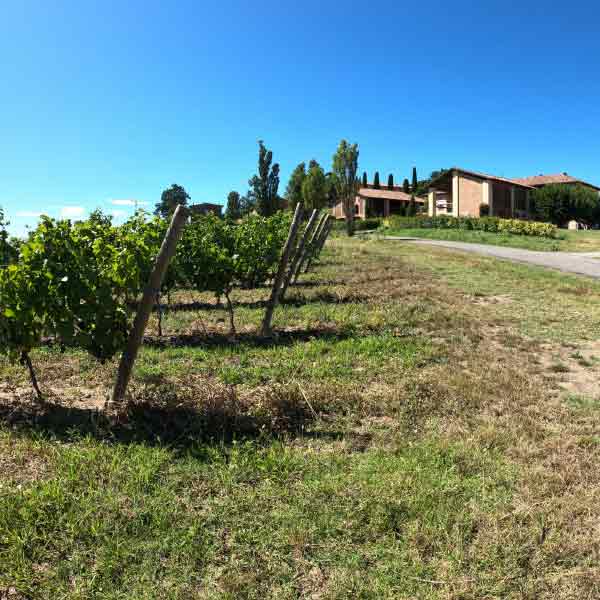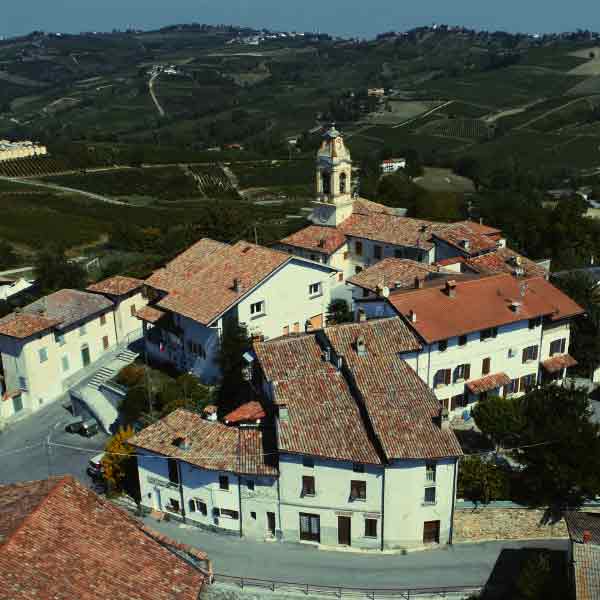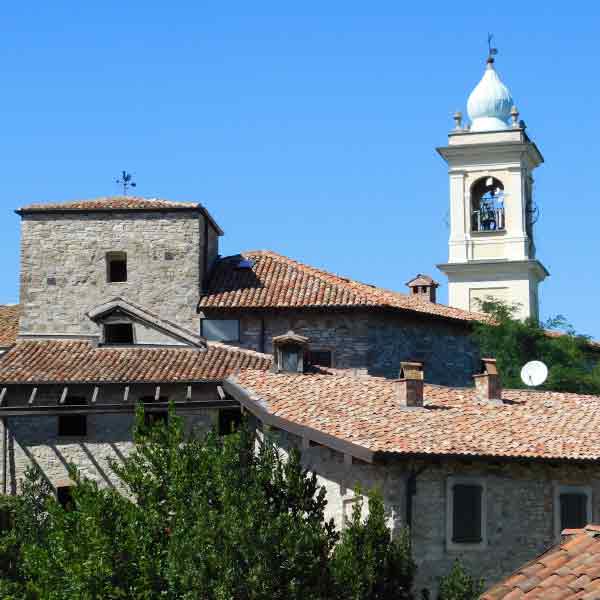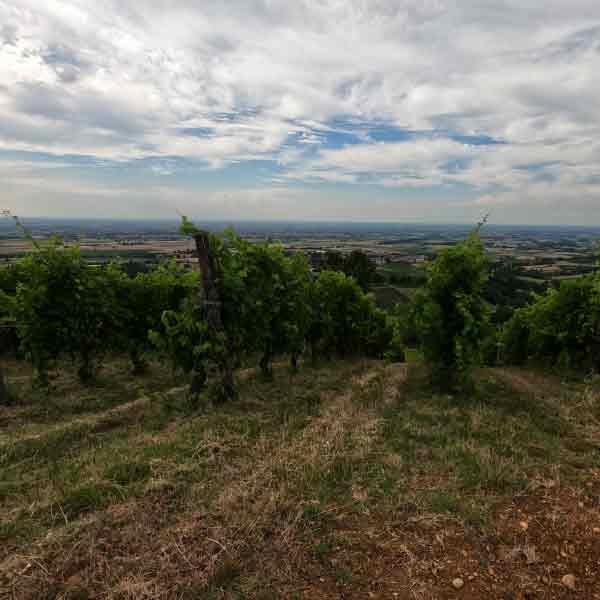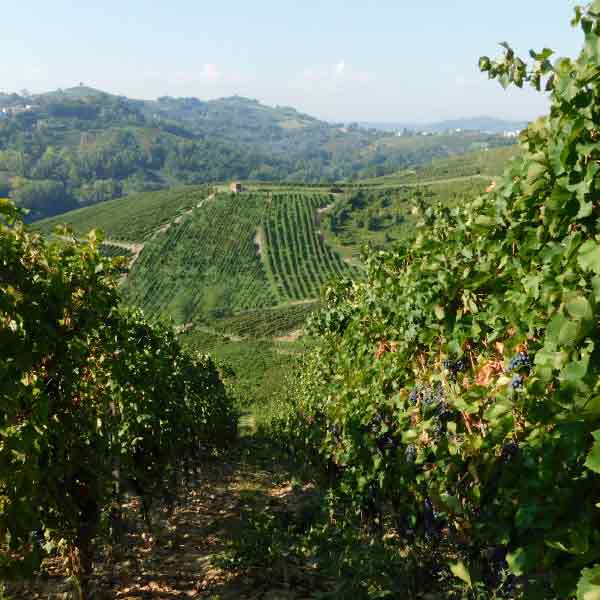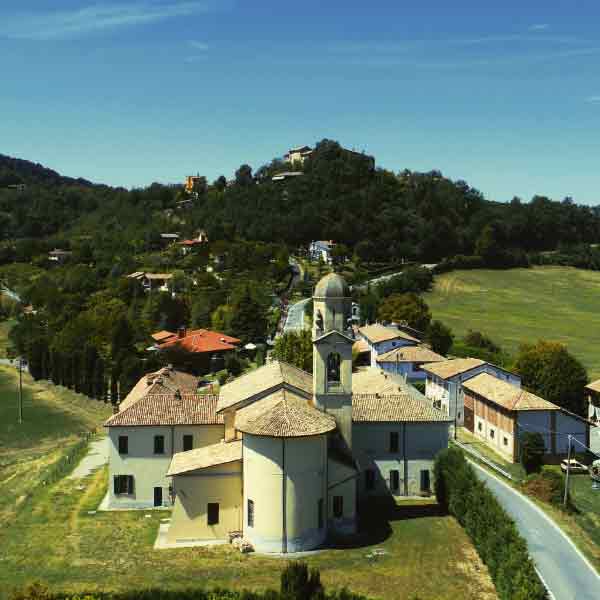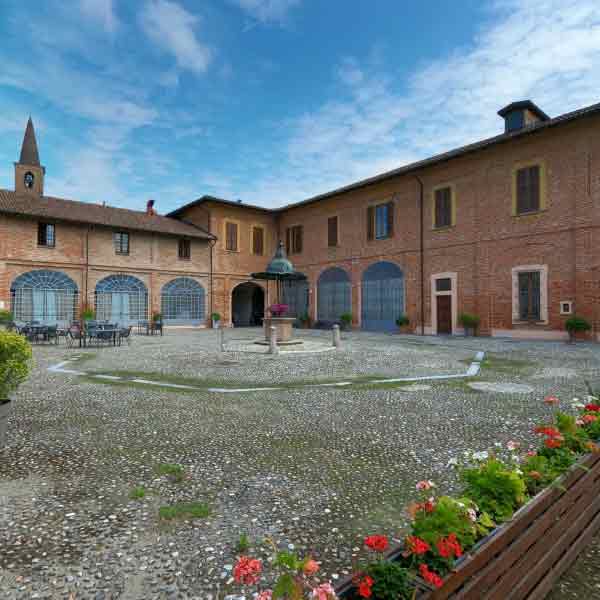Project Description
There was a Roman settlement in Montebello, probably a group belonging to the near village of Clastidium (Casteggio). In the early years of the Middle Ages there was founded the Benedictine Monastery dedicated to Saints Gervasio and Protasio, around which the village continued to form, acquiring a notable importance. In 1164 it was assigned to Pavia by Frederick I. in 1175 the armies of the Lombard League and of Frederick were to fight near Montebello, but they got to a momentary armistice (Peace of Montebello) that postponed the fight to the following year (the Battle of Legnano). In the 14th century we see an acquisition of power by the seigniory of the Beccaria who obtained the title of Counts of Montebello in 1469. The County of Montebello also included Verretto, Castelletto Po, Cantalupo and Regalia near Bressana Bottarone, Torre del Monte (hamlet of Borgo Priolo) and Barisonzo (hamlet of Torrazza Coste). In the 16th century in the Monastery of Montebello the Benedictines were replaced by the Gerolamini; the monastery was then suppressed in 1782. In the territory of the municipality there were fought two historical battles, which gave to Montebello its place in history books. The first in Napoleonic times, on the 9th of June 1800, is commemorated on the Arc de Triomphe in Paris; the French, led by General Jean Lannes, the later Duke of Montebello, defeated the Austrians led by General Ott. The rose Duchesse de Montebello takes its name from those days. The second during the Risorgimento movement for the Italian unification, on the 20th of May 1859. The Piedmontese chivalry led by Colonel De Sonnaz and the French infantry led by General Forey defeated the Austrians of General Urban. To celebrate the victory a Royal Decree of the 25th of August 1859 created the 8th Regiment “LANCIERI DI MONTEBELLO”. It is the only case in Italy when a Regiment is named after a military fight. It is a Cavalry Regiment of the Capital from 1950 and it is composed of a regiment command, a supporting logistic squadron, an armoured squadron group, the operative pawn of the unit and a chivalry squadron group utilised for stash and honour duties. To commemorate the first Victory in the second Italian war of independence, the 21st of January 1958, with a decree by the President of the Republic Giovanni Gronchi the municipality received its newest name.



